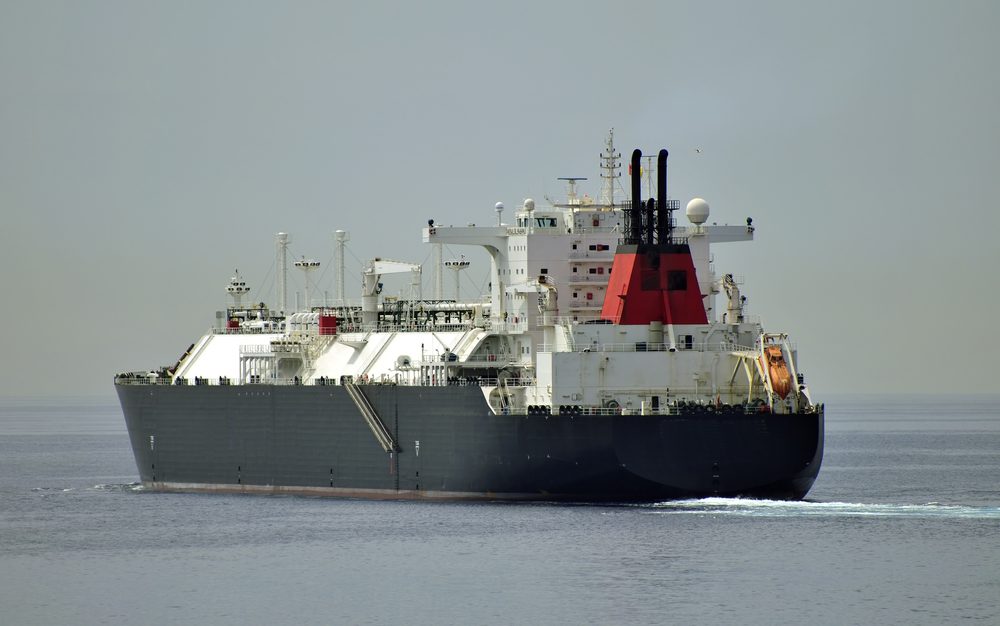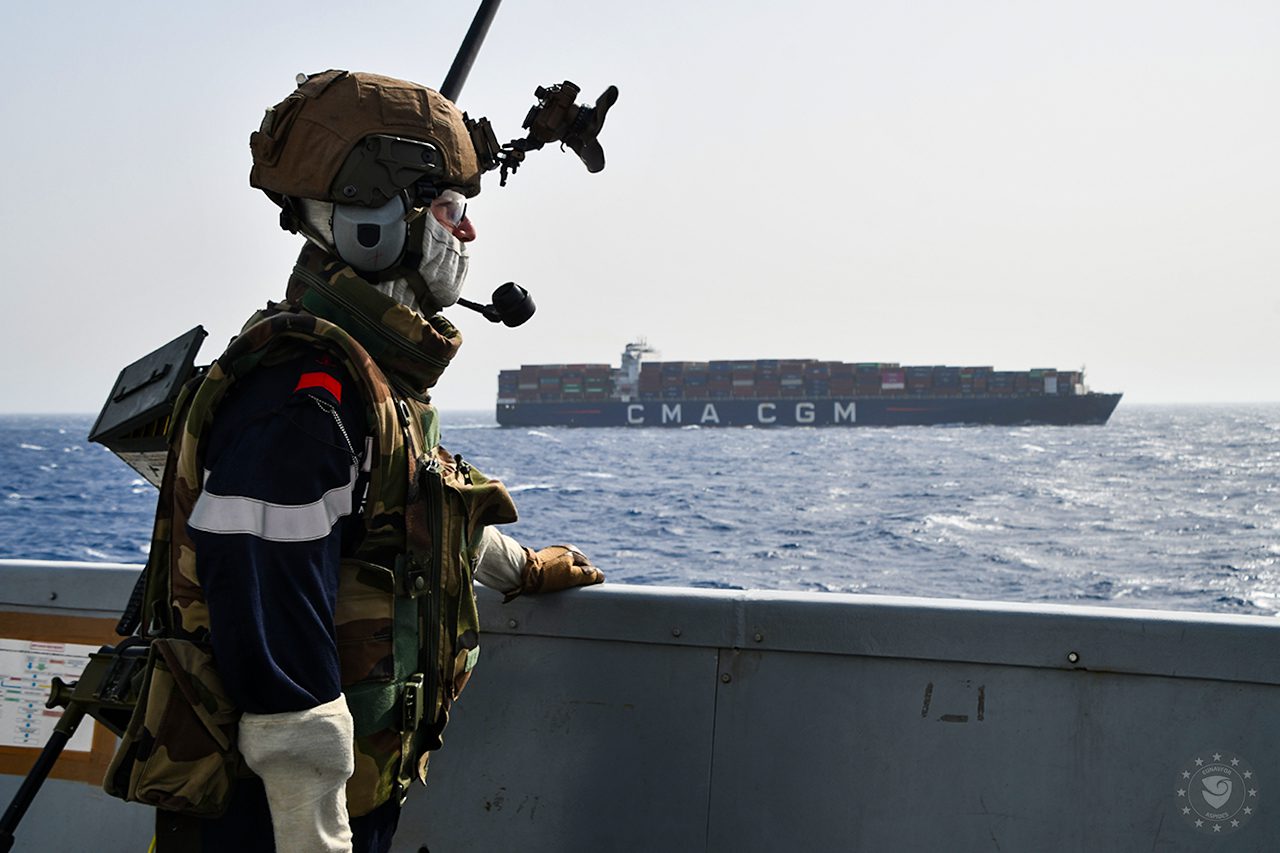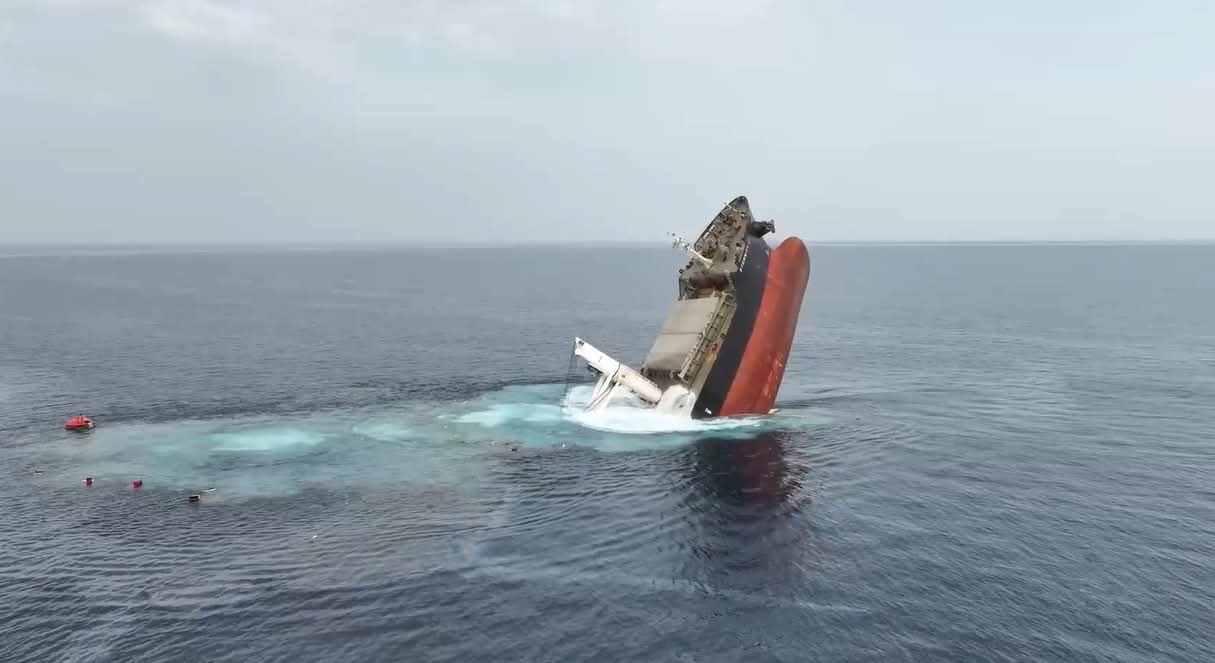A feasibility study into shipping’s use of carbon capture and storage (CCS) technology shows that the LNG sector is currently better suited than tankers to benefit from the use of CCS, although tankers could also benefit as costs come down.
The study was conducted as part a partnership between tanker company Stena Bulk and the Oil and Gas Climate Initiative (OGCI) and aimed at exploring the potential of capturing carbon from the exhaust of large ships as the shipping industry races to decarbonize.
Stena Bulk provided data from three vessels of different types in its fleet, specifically a medium range (MR) oil/chemical tanker and a Suezmax crude oil tanker currently running on heavy fuel oil (HFO), and an LNG carrier fueled by LNG. Data collected included information on deck space, fuel use, and the availability of heat and energy in the exhaust stream, among other considerations.
The findings showed that the LNG carrier offered the most straightforward path to implementing viable CCS because it had the right mix of onboard infrastructure, while the Suezmax and MR tankers presented more technical challenges to implementing a CCS system.
That’s not to say tankers don’t have the potential to successfully use CCS technology. The study showed that carbon capture and storage is also technically feasible on a large tanker (in this case the suezmax benefitted over the MR tanker), but the biggest barrier is the cost of installation and operation. Upfront capex requirements of installing storage tanks, compressors, and other equipment create a barrier to entry, while operation expenses also increase because of the energy requirements for using a CCS system effectively. However, the study found that these costs could be substantially reduced if the engine was adapted for compatibility with carbon capture and storage.
The study concluded that while costs were likely to be a hurdle to deployment of CCS in the near and medium term, the technology could be a viable long-term option to meeting decarbonization targets as technology improves and costs come down. Commodity prices for captured carbon dioxide could also potentially offset some the costs to install and operate.
“We think that it’s right that the industry is honest about the challenges it faces from a technical and commercial perspective on the pathway to decarbonisation,” said Erik Hånell, President and CEO of Stena Bulk. “This study proves once again that there is no silver bullet solution to meet the IMO’s climate targets, and that we must promote and adopt a wide variety of proven and commercially sensible solutions if we are to successfully decarbonise.”
Dr. Michael Traver, Transport Workstream Chair for the Oil and Gas Climate Initiative, said: “Carbon capture and storage is expected to play a key role in meeting the ambitions of the Paris Agreement and is a familiar process for many of the member companies of OGCI. Extending and adapting the technology to marine vessels poses unique challenges, but also represents a great opportunity to reduce emissions from a difficult to abate sector within transportation. Our partnership with Stena Bulk has been a great example of the type of cross-industry collaboration that will be necessary to meet the challenges we face.”

 Join The Club
Join The Club











